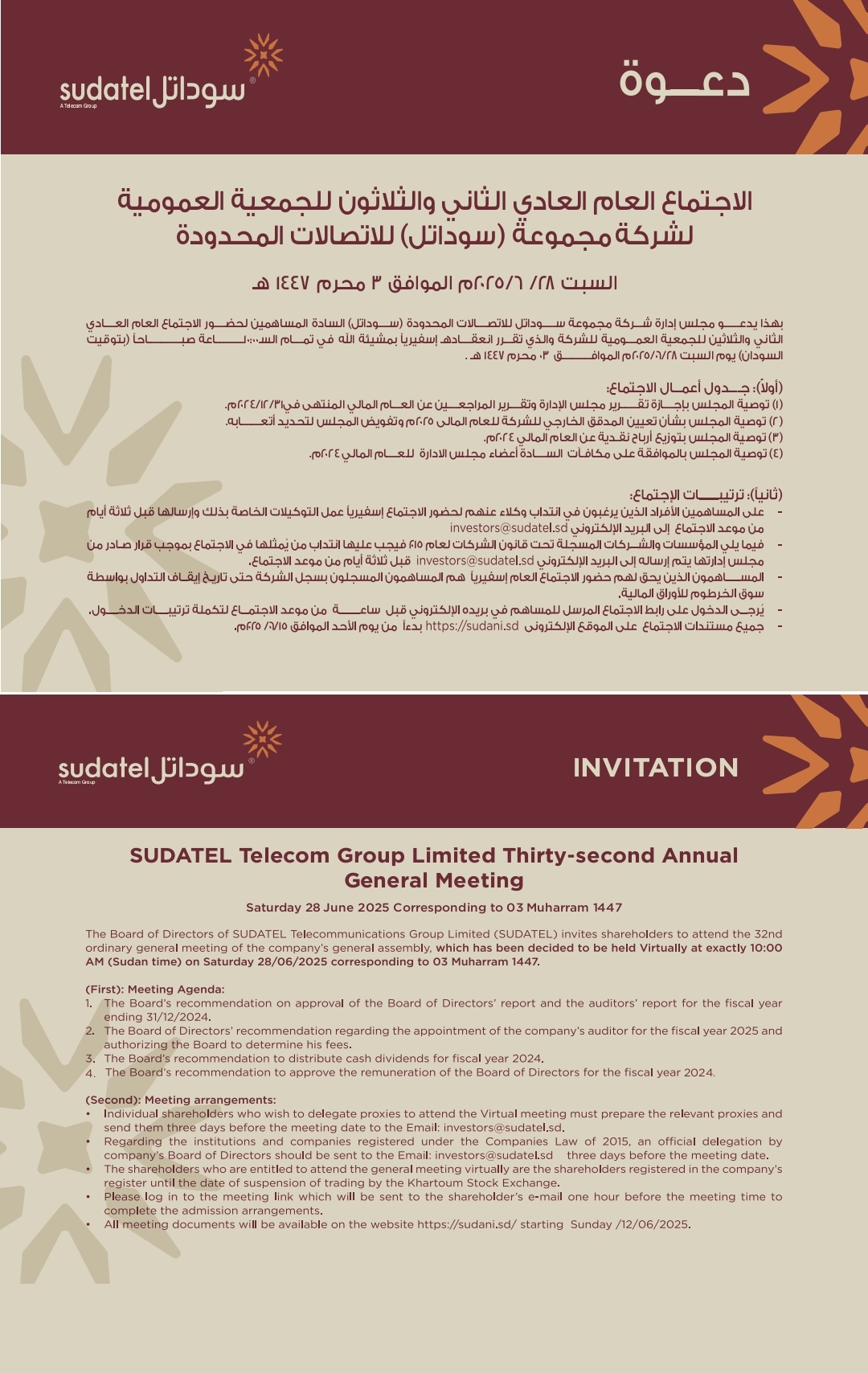د. محمد يوسف قباني يكتب: التطبيق العملي لمبادئ الحوكمة: من المرجعيات إلى الفرضيات (16) Practical Application of Governance Principles: From References to Hypotheses (16) Dr. Mohamed Elgabbani

د. محمد يوسف قباني يكتب: التطبيق العملي لمبادئ الحوكمة: من المرجعيات إلى الفرضيات (16)
Practical Application of Governance Principles: From References to Hypotheses (16)
Dr. Mohamed Elgabbani
تُعتبر الحوكمة عنصرًا جوهريًا في نجاح المؤسسات، سواء في القطاع العام أو الخاص أو في المجتمع المدني. فهي تتعلق بوضع القواعد والإجراءات التي تضمن تحقيق الأهداف بأفضل المعايير، مع تعزيز الشفافية والمساءلة والكفاءة. وبينما يتم التركيز غالبًا على الأطر النظرية للحوكمة، فإن التطبيق العملي يواجه تحديات تتعلق
بالسياقات المختلفة للمنظمات والثقافات المؤسسية. تهدف هذه المقالة إلى استعراض التطبيق العملي لمبادئ الحوكمة، من المرجعيات النظرية إلى الفرضيات المطبقة على الواقع، مع التركيز على الدواعي والأسباب والعلاقات المنطقية المدعمة بأمثلة حقيقية وأنشطة تطبيقية لتوسيع الفهم.
المرجعيات النظرية لمبادئ الحوكمة
تشمل مبادئ الحوكمة مجموعة من القيم والممارسات المستندة إلى مصادر متعددة، أبرزها:
1. المعايير الدولية: مثل مبادئ منظمة التعاون الاقتصادي والتنمية (OECD) للحوكمة الرشيدة.
2. الإطارات القانونية والتشريعية: كالقوانين المحلية المنظمة لعمل الشركات والمؤسسات العامة.
3. النظريات الإدارية والاقتصادية: مثل نظرية الوكالة (Agency Theory) التي تركز على العلاقة بين المساهمين والمديرين.
أبرز مبادئ الحوكمة:
1. الشفافية: توفير المعلومات الدقيقة في الوقت المناسب لأصحاب المصلحة.
2. المساءلة: تحديد المسؤوليات بوضوح ومحاسبة الفاعلين على أفعالهم.
3. المشاركة: إشراك أصحاب المصلحة في عملية صنع القرار.
4. العدالة: ضمان عدم التمييز والمساواة في الفرص.
5. الكفاءة والفعالية: تحقيق الأهداف بأفضل استخدام للموارد.
الدواعي والأسباب لتطبيق مبادئ الحوكمة
تنبع الحاجة إلى تطبيق الحوكمة من عدة عوامل، منها:
1. تحسين الأداء المؤسسي: إذ تؤدي الحوكمة الرشيدة إلى اتخاذ قرارات أكثر عقلانية وتحسين الاستدامة المالية.
2. الحد من الفساد: تساعد الأنظمة الواضحة والرقابة الفعالة في تقليل المخاطر المرتبطة بالفساد وسوء الإدارة.
3. تعزيز ثقة المستثمرين والجمهور: تُعد الشفافية والمساءلة من العوامل الرئيسية التي تحفز الاستثمار وتحسن صورة المؤسسات.
4. الامتثال القانوني: تجنب التعرض للعقوبات القانونية من خلال الامتثال للوائح التنظيمية المعمول بها.
من النظريات إلى الفرضيات التطبيقية
لتطبيق الحوكمة عمليًا، يتم الانتقال من المبادئ النظرية إلى فرضيات عملية تتناسب مع بيئات العمل المختلفة. بعض هذه الفرضيات تشمل:
1. فرضية وجوب ربط الحوافز بالأداء: حيث يتم تحفيز المديرين والموظفين بناءً على تحقيقهم للأهداف الاستراتيجية.
2. فرضية تكامل الأنظمة التكنولوجية مع الحوكمة: حيث تسهم الأنظمة الرقمية (مثل نظم ERP) في تعزيز الشفافية والمساءلة.
3. فرضية العلاقة بين استقلالية مجلس الإدارة والأداء المؤسسي: إذ تؤدي المجالس المستقلة إلى قرارات أكثر موضوعية وأقل تحيزًا.
تطبيق مبادئ الحوكمة: أمثلة حقيقية
تجربة شركة تويوتا في الحوكمة
تُعرف شركة تويوتا بسياسات الحوكمة الفعالة التي تعتمد على:
1. نموذج إدارة الجودة الشاملة الذي يعزز من مساءلة الفرق التنفيذية.
2. الشفافية في عمليات الإنتاج والإدارة المالية.
3. إشراك الموظفين في صنع القرار عبر سياسة “كايزن” (التحسين المستمر).
الحوكمة في القطاع الحكومي – تجربة سنغافورة
اعتمدت سنغافورة على:
1. أنظمة قانونية صارمة ضد الفساد.
2. حوكمة إلكترونية تضمن وصول المواطنين إلى المعلومات والخدمات بسهولة.
3. تعزيز ثقافة الأداء عبر ربط الرواتب والامتيازات بنتائج الأداء الحكومي.
الأنشطة التطبيقية لتعزيز الفهم
النشاط الأول: تحليل حالة دراسية
وصف النشاط: يُطلب من المشاركين دراسة حالة حوكمة في شركة أو مؤسسة حكومية وتحليل مدى التزامها بالمبادئ الأساسية للحوكمة.
الأهداف: تطوير القدرة على تشخيص المشكلات وتحليل السياسات.
النشاط الثاني: محاكاة مجلس إدارة
وصف النشاط: يجتمع المشاركون في فرق تمثل مجلس إدارة شركة تواجه أزمة حوكمة، ويجب عليهم اتخاذ قرارات مستندة إلى مبادئ الحوكمة.
الأهداف: تعزيز مهارات التفكير النقدي وصنع القرار.
النشاط الثالث: مراجعة لوائح داخلية
وصف النشاط: يُطلب من المشاركين مراجعة لائحة داخلية لإحدى المؤسسات واقتراح تعديلات لتعزيز الشفافية والمساءلة.
الأهداف: تعزيز القدرة على تطوير السياسات التنظيمية.
تمثل الحوكمة نهجًا إداريًا يهدف إلى تحسين كفاءة المؤسسات وتعزيز ثقة أصحاب المصلحة فيها. وبينما تستند الحوكمة إلى مرجعيات نظرية متينة، فإن نجاحها الحقيقي يكمن في التطبيق الفعلي للمبادئ داخل بيئات العمل المتنوعة. من خلال دراسة الدواعي والمنطق
التطبيقي لمبادئ الحوكمة، يتضح أن التحول من النظرية إلى الممارسة يتطلب تبني فرضيات عملية تتناسب مع كل سياق مؤسسي. كما أن الأنشطة التطبيقية، مثل دراسة الحالات والمحاكاة، توفر فرصة لفهم أعمق لكيفية تنفيذ مبادئ الحوكمة بشكل فعال. في النهاية، تُعد الحوكمة الرشيدة حجر الأساس لتحقيق التنمية المستدامة والابتكار المؤسسي.
Governance is an essential element for the success of institutions, whether in the public or private sector or in civil society. It is about setting rules and procedures that ensure that objectives are achieved with the best standards, while enhancing
transparency, accountability and efficiency. While the focus is often on the theoretical frameworks of governance, the practical application faces challenges related to the different contexts of organizations and institutional cultures. This article aims to review the practical application of
governance principles, from theoretical references to hypotheses applied to reality, with a focus on the motives, reasons and logical relationships supported by real examples and practical activities to expand understanding.
Theoretical references for governance principles
Governance principles include a set of values and practices based on multiple sources, most notably:
1. International standards: such as the OECD principles of good governance.
2. Legal and legislative frameworks: such as local laws regulating the work of companies and public institutions.
3. Administrative and economic theories: such as the agency theory, which focuses on the relationship between shareholders and managers.
The most prominent principles of governance:
1. Transparency: Providing accurate and timely information to stakeholders.
2. Accountability: Clearly defining responsibilities and holding actors accountable for their actions.
3. Participation: Involving stakeholders in the decision-making process.
4. Justice: Ensuring non-discrimination and equality of opportunity.
5. Efficiency and effectiveness: Achieving objectives with the best use of resources.
Reasons and reasons for applying governance principles
The need to apply governance stems from several factors, including:
1. Improving institutional performance: Good governance leads to more rational decisions and improved financial sustainability.
2. Reducing corruption: Clear systems and effective oversight help reduce the risks associated with corruption and mismanagement.
3. Enhancing investor and public confidence: Transparency and accountability are key factors that stimulate investment and improve the image of institutions.
4. Legal compliance: Avoiding exposure to legal penalties by complying with applicable regulations.
From theories to applied hypotheses
To apply governance in practice, we move from theoretical principles to practical hypotheses that are appropriate for different business environments. Some of these hypotheses include:
1. The hypothesis that incentives should be linked to performance: where managers and employees are motivated based on their achievement of strategic objectives.
2. The hypothesis of the integration of technological systems with governance: where digital systems (such as ERP systems) contribute to enhancing
transparency and accountability.
3. The hypothesis of the relationship between board independence and institutional performance: where independent boards lead to more objective and less biased decisions.
Applying governance principles: Real examples
Toyota’s experience in governance
Toyota is known for its effective governance policies that rely on:
1. The total quality management model that enhances the accountability of executive teams.
2. Transparency in production processes and financial management.
3. Involving employees in decision-making through the “Kaizen” (continuous improvement) policy.
Governance in the government sector – the Singapore experience
Singapore relied on:
1. Strict legal systems against corruption.
2. E-governance that ensures citizens have easy access to information and services.
3. Promoting a culture of performance by linking salaries and benefits to government performance results.
Practical activities to enhance understanding
Activity 1: Case Study Analysis
Activity Description: Participants are asked to study a governance case in a company or government institution and analyze its adherence to the basic principles of governance.
Objectives: Develop the ability to diagnose problems and analyze policies.
Activity 2: Board Simulation
Activity Description: Participants are gathered in teams representing the board of directors of a company facing a governance crisis, and must make decisions based on governance principles.
Objectives: Enhance critical thinking and decision-making skills.
Activity 3: Reviewing Internal Regulations
Activity Description: Participants are asked to review an internal regulation of an institution and propose amendments to enhance transparency and accountability.
Objectives: Enhance the ability to develop organizational policies.
Governance is a management approach that aims to improve the efficiency of institutions and enhance the confidence of stakeholders in them. While governance is based on solid theoretical references, its true success lies in the actual application of the principles within diverse business environments. By examining the rationale
and practical logic of governance principles, it becomes clear that the transition from theory to practice requires the adoption of practical hypotheses that are appropriate for each institutional context. Practical activities, such as case studies and
simulations, also provide an opportunity for a deeper understanding of how governance principles are implemented effectively. Ultimately, good governance is the cornerstone of sustainable development and corporate innovation.









